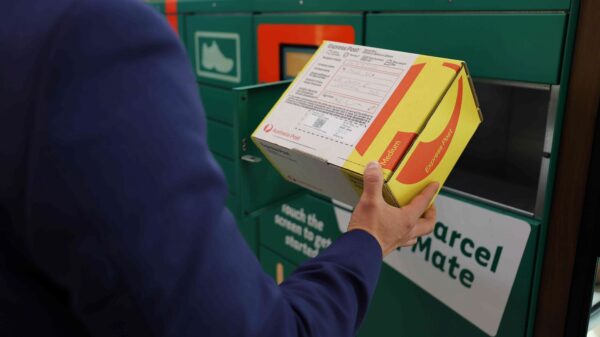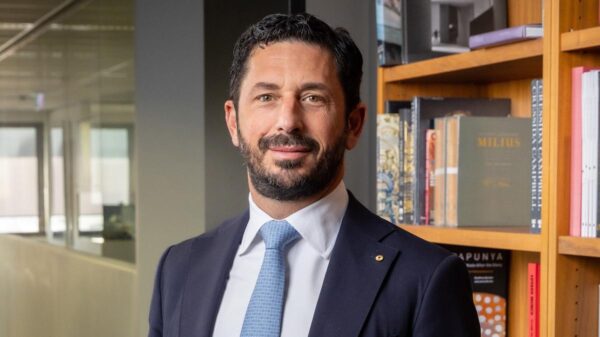A recent study published in Science Advances highlights the potential of transforming carbon dioxide (CO2) emissions into valuable catalysts, paving the way for sustainable practices in the energy and chemical sectors. Researchers from the ARC Centre of Excellence for Carbon Science and Innovation (COECSI) argue that leveraging carbon could be a key strategy in the quest for cost-effective decarbonisation.
The research identifies several challenges that must be addressed to harness this potential effectively. One significant issue is the energy-intensive nature of many chemical processes that contribute to greenhouse gas emissions. Consequently, researchers are focusing on converting CO2 into stable, non-volatile carbon products and developing methods to store them. While these efforts are promising, they alone may not be sufficient for large-scale carbon offset.
Professor Liming Dai, the director of COECSI and the study’s corresponding author, emphasizes the innovative approach of utilizing CO2 to create high-value catalysts. These catalysts can then facilitate the conversion of CO2 or carbon waste into fuels and chemicals. “Achieving this will advance climate goals, material innovation, and contribute to a circular carbon economy,” Professor Dai stated.
The Catalytic Potential of Carbon
Carbon is known for its strength, conductivity, and stability under extreme conditions, making it an ideal candidate for use in electrocatalytic cells. However, carbon is generally catalytically inactive. To combat this limitation, Professor Dai and his team have developed methods to engineer carbon at the atomic level, creating catalytic active centers (CACs) where chemical reactions can occur. Techniques such as heteroatom doping and defect engineering have shown promise in enhancing carbon’s catalytic properties.
For instance, researchers have successfully created bifunctional porous graphene catalysts co-doped with nitrogen and phosphorus for use in zinc-air batteries, achieving energy capacities near theoretical limits. Additionally, the structural design of carbon substrates plays a crucial role in catalytic efficiency. Innovations such as a 3D tunable carbon nanotube-graphene pillar structure have demonstrated significant improvements in ion and electron transfer.
From CO2 to Carbon Products
Various methodologies are being explored to convert CO2 into a wide array of carbon-based nanostructures, including graphene and carbon nanoparticles. One straightforward approach involved thermally reducing CO2 with magnesium, resulting in hollow mesoporous carbon cubes that may serve as alternatives to conventional platinum-carbon catalysts in fuel cells.
A COECSI team has also pioneered a technique to convert CO2 into edge-doped graphene electrocatalysts through the co-ball milling of graphite with dry ice. Traditional methods for the electrocatalytic conversion of CO2 are energy-intensive, typically requiring high temperatures. However, recent advancements using a cerium-containing liquid metal (gallium) electrocatalytic converter have successfully achieved CO2 conversion at ambient temperature.
The economic viability of these technologies is underscored by the high market price of carbon nanotubes (CNTs), which currently exceed $100,000 per ton. “We have identified economically attractive methods to convert CO2 into carbon catalysts as alternatives to expensive noble-metal catalysts,” said Professor Zhenhai Xia, the lead author of the study.
As efforts to build a circular economy progress, the value of CO2 as a resource is becoming increasingly apparent. “Previously seen as waste, carbon now has a market value and there is an environmental cost associated with not abating carbon waste such as CO2,” added Professor Rose Amal.
Despite the promising developments, challenges remain in enhancing catalytic efficiency and yields. One avenue of research involves the use of metal-free and metal-doped carbon catalysts. For example, a metal-free carbon catalyst made from nitrogen-doped graphene quantum dots has successfully converted CO2 into higher-order hydrocarbons like ethylene and ethanol.
Additionally, carbon catalysts have shown potential in converting nitrogen wastes into ammonia and urea, critical components for fertilizers and pharmaceuticals. Nevertheless, scalability and cost efficiency remain significant hurdles. Integrating CO2 capture, conversion, and material synthesis into a sustainable and economically viable system is a complex task.
In summary, while challenges persist, the potential of CO2-derived carbon materials offers a sustainable alternative to fossil-based feedstocks. These innovative approaches not only help close the carbon loop but also promise to reduce production costs, thereby advancing the global effort toward sustainable energy solutions, according to Professor Dai.



























































